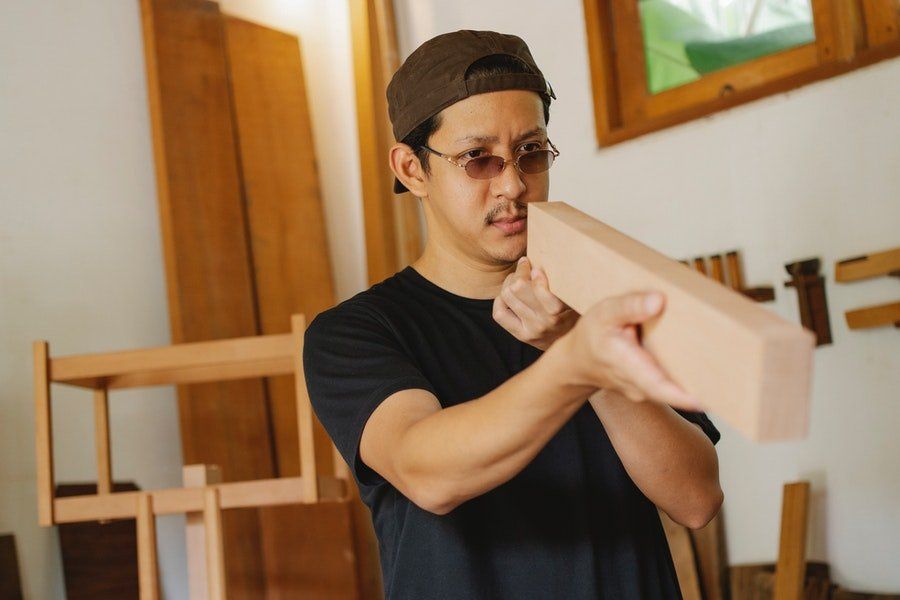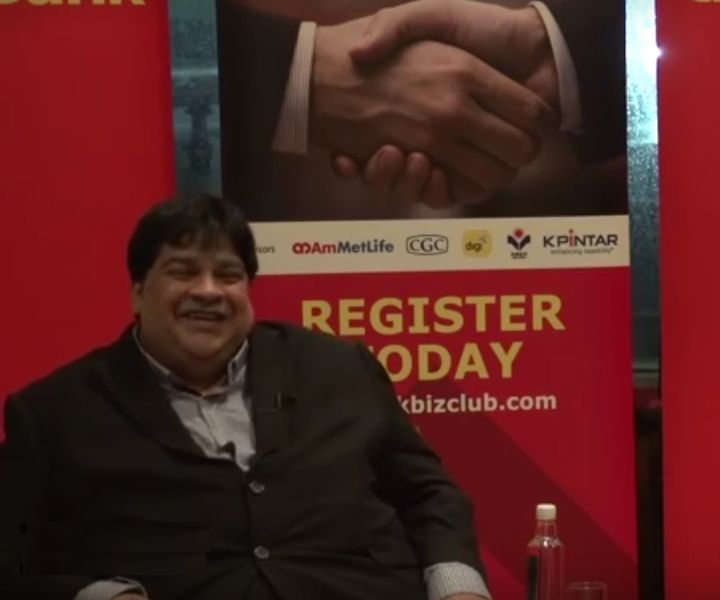How You Can Learn And Unlearn Best Practices Effectively

I can imagine children rejoicing at the title of this article and refusing to practise whatever craft they are currently mastering.
To clarify, practice can make perfect, but what if you are practising something imperfect?
Obviously, you will end up doing something imperfect perfectly, right? I’m sure all golfers will agree.
Once you practise bad form early in your golf education, it’s hard to get rid of it. You will have your imperfect swing and swing it perfectly every time.
Practice forms habits
It’s the same at work. We get into habits. Habits that are formed out of years of practice; even if it is a bad habit.
For example, some of us are good at procrastinating, and we get away with it every single time. And we think it’s okay because we produce good work under pressure.
What if there was another way that you could do even better work?
How about giving yourself intermediary timelines and putting pressure on yourself to come up with three versions before the final one?
But because we have practised how to push things to the last minute and get away with it, we continue to do so. This is a case where practice makes imperfect.
Another scenario is when people work a certain way in one culture and then struggle in another culture.
I see this with people who move from small- and medium-sized enterprises to multinational corporations, or vice versa. This applies across industries too, e.g. from an information technology (IT) company to a manufacturing company.
What we’ve practised and has brought us success in a previous environment doesn’t necessarily work in the new environment.
A case in point: When I worked in IT in a manufacturing environment, it was very important the decisions I made were vetted by my boss to avoid the risk of it conflicting with other decisions.
But when I moved to an IT company, things were different. In fact, the bosses would be upset if I tried to validate my decisions with them. So, what works in one context doesn’t work in the other.
It happens even within a company. I just had a conversation with a client about an employee who was a star performer, but after being promoted to management, dropped in productivity.
Guess what? He was doing exactly what he had been good at or “practising” before.
What people had recognised him and promoted him for, is now not what he needs to do to succeed. He needs to forget everything he has been practising. Again, a case of practice makes imperfect.

Image | AATBS
READ: Learning To Unlearn — Be Agile Of The Unknown
Learning new practices
This is where learning needs to focus on these types of transitions of roles – where there is a real need to break an old way of doing things.
One of the best ways for onboarding is to have internal leaders teach sessions that are contextual.
After all, the leaders in the company carry the secret sauce of the company, so they should be teaching it to the new people who may not be aware about this new way.
It’s not because the new joiners are incompetent, but because it’s not about what worked for them before.
For this, I believe learning can bridge this gap.
Learning and development leaders need to spend more time capturing this internal knowledge into their training curriculum. Preferably digitally, so that it is accessible to everyone.
It’s an important step often missed out during onboarding. We assume everyone knows how to run a meeting, but there are differences in practices between from one company to another.
When we onboard people into a company, we often just tell them how to log in to systems, and how to apply for leave, or show them where to find the human resource policies, etc.
Unfortunately, we don’t spend time bringing people up to speed on the way things work in that specific company, especially with an experienced hire.
We assume they already know most things. They’ve been good before and have a lot of experience doing what they used to do. But is that what they need to be doing here?
It’s not about innovating new practices. It’s about realising that an old practice doesn’t always work over time or over a new situation.
And having an ecosystem to enable learning of a new practice is important. It’s not about finding the “best practice”. It’s about recognising that practice is not always perfect.
How do we arrive at ‘best practice’?
What does best practice mean? It means the most efficient way to get something done.
Most best practices are “best” in a certain situation, and they don’t apply to all situations. So why do we assume that they will work for us?
When Google started “open offices” concept, everyone marvelled at how awesome it was and how it was the “best practice” for great performance. Many companies replicated it as “best practice”.
However, today we realise that open offices are good for collaboration and creativity but not so for productivity.
In certain environments, that may not be what you need if the focus is on productivity instead of collaboration.
If Elon Musk replicated best practices, we wouldn’t have cheaper re-usable rockets today.
If the software industry followed best practices a long time ago, we wouldn’t have free open source software out of proprietary software.
Hence, we need to stop thinking that best practice is “the best practice”. Rather, it should be called “sometimes good, practice”.
Are these best practices important?
Yes. They are good to benchmark – making sure we are doing as well as others think we should be doing. It’s also good to accelerate learning internally in an organisation.
It’s good to set aside what’s the current, best-known way or culture within a company.
Capture the internal intellectual property in a company and make it available for everyone. That’s how learning becomes a strategic weapon.
But we know that in today’s world, we are agile and our practices need to be agile, too. So, best practices need to be continuously refreshed.
Best practices of yesterday are not best practices of today, let alone tomorrow.
Mike Myatt, author of Hacking Leadership, said it best. He uses the term “next practices” to redirect people to be forward thinking.
Tying it together
The key is to foster the culture of unlearning and re-learning – to not get anchored by best practices, but to be continuously looking to improve on them.
To do this, you need a way to bring the whole organisation alongside you.
You need the learning ecosystem to support the evolving best practices. Get your best sales guy to teach the rest what works or what is the currently known best practice. Get your best manager to teach the rest how to conduct a performance meeting.
Then, continue to allow people to experiment on what could be better.
Next, capture the new learning and disseminate again. That way, you continuously evolve. You will never get to a final “best practice” point, because the environment will continue to evolve.
As companies evolve, we need to focus on one thing. We are trying to do something better, and more efficiently. For that, best practices are a good starting point, but definitely not the ending point.
Best practices get us started quickly so that we know how to get moving, but we must not think that they are “the best practices”. It’s when we do that we wind up in a situation when practice makes imperfect.
Instead, focus on how to always better the practice with a new practice, and know that there is no ‘perfect’.
Business
Sashe is certain that his 18-year early career in IT was about leadership and not technology. He has spent the last 8 years redefining what that means as a HR consultant and learning leader with Leaderonomics.





